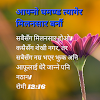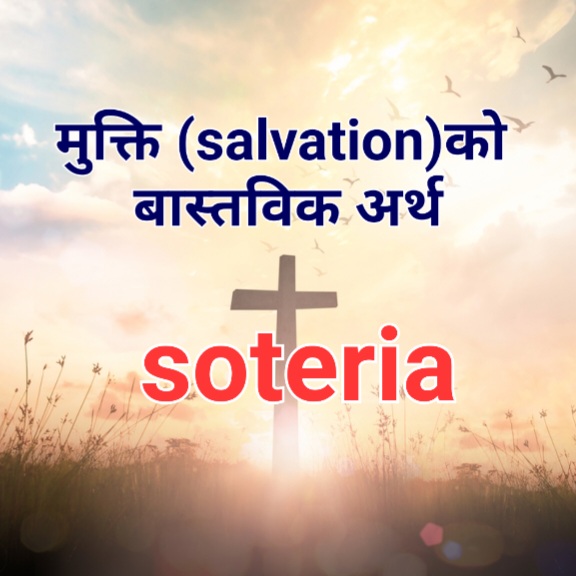Characteristics of Nepali Christianity: A Blend of Faith, Culture, and Community Dynamics
- Dr. Pabitra Mani Bhandari
Introduction
Nepal, a nation nestled amidst towering mountains and diverse cultures, has witnessed the emergence of Christianity in a manner that reflects a unique blend of faith and cultural expressions. The characteristics of Nepali Christianity reveal a nuanced approach to biblical interpretation, ethical principles, Pentecostal influence, spiritual practices, and the intricate dance between cultural identity and religious conviction. In this extended essay, we will delve deeper into each facet, unraveling the complexities that shape the Nepali Christian community.
Biblical Literalism and Theological Perspectives
The Nepali Christian community's commitment to biblical literalism goes beyond a surface-level understanding. Their inclination towards interpreting the Bible word for word is intricately woven into their theological fabric. This strict adherence is exemplified in their views on baptism, where immersion is not just a practice but a doctrinal imperative. The rejection of alternative forms of baptism is rooted in their unwavering belief that any deviation from scriptural instructions is tantamount to heresy. Similarly, the conviction that burial is the sole biblically sanctioned form of a funeral reflects a deep-seated commitment to a literal interpretation of sacred texts.
Ethical Emphasis and Practical Christianity
A distinctive feature of Nepali Christianity lies in its unwavering emphasis on the practical aspects of Christian faith. Beyond doctrinal adherence, the Nepali Christian identity is synonymous with ethical living. Adultery and alcohol consumption are not merely discouraged but actively shunned, echoing a broader societal sentiment in Nepali culture. The pursuit of an ethical lifestyle is not perceived as a mere suggestion but as an integral aspect of embodying one's Christian identity within the Nepali context.
Pentecostal Influence and Spiritual Practices
In recent years, the landscape of Nepali Christianity has witnessed a noticeable surge in the influence of Pentecostalism. This influence extends beyond mere theological nuances, permeating into the very fabric of spiritual practices. The emphasis on healing and spiritual warfare has gained prominence, with some members going so far as to perceive other religions as being under the influence of dark spirits. This dynamic shift in spiritual dynamics within the community marks a departure from traditional practices and underscores the evolving nature of Nepali Christianity.
Spirituality and Cultural Expressions
The spiritual practices of Nepali Christians display a fascinating convergence with Hindu devotions, providing a unique lens through which to understand their faith. Regular practices such as fasting, reminiscent of Hindu traditions, are not just rituals but ingrained aspects of their spiritual journey. Furthermore, the celebration of religious festivals, notably Christmas and Easter, involves not just private contemplation but public displays of faith, mirroring the vibrant celebrations seen in Hindu festivals in Nepal. Despite these parallels, Nepali Christians consciously distance themselves from Hindu symbols and elements, adhering to their distinct cultural and religious identity.
Cultural Identity and Acceptance
Nepali Christians actively engage with questions of cultural identity, choosing to express their faith through cultural nuances rather than a strict adherence to standardized creeds. One notable exception is their embrace of Nepali folk melodies in worship, creating a rich musical tradition that reflects the fusion of faith and culture. The songs written in their native language serve as powerful expressions of their cultural and spiritual identity, offering a unique lens into the soul of Nepali Christianity.
Conclusion
In conclusion, the characteristics of Nepali Christianity form a complex tapestry that weaves together faith, culture, and community dynamics. From a nuanced interpretation of the Bible to a steadfast commitment to ethical principles, the Nepali Christian community navigates the intricate intersection of their religious beliefs and cultural heritage. The rising influence of Pentecostalism adds a dynamic dimension to their spiritual practices, signaling a departure from traditional norms. The conscious balancing act between cultural identity and religious conviction stands out as a defining feature, shaping the distinctive expressions of worship and community life within Nepali Christianity. This extended exploration sheds light on the multifaceted nature of Christianity in the context of Nepal's rich cultural mosaic.




















